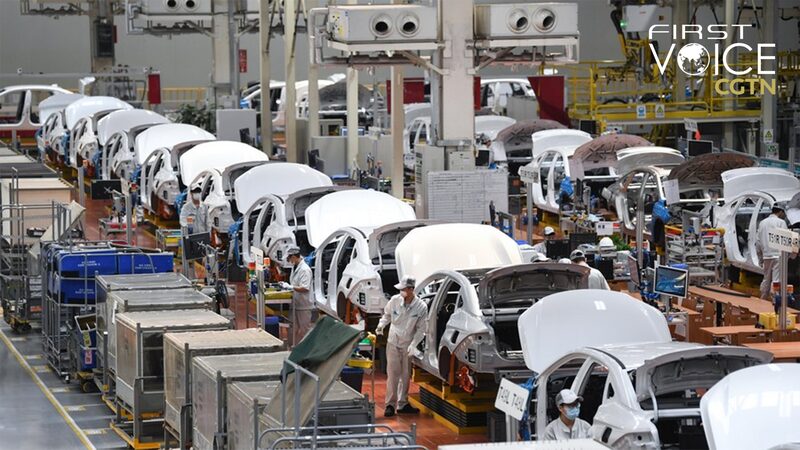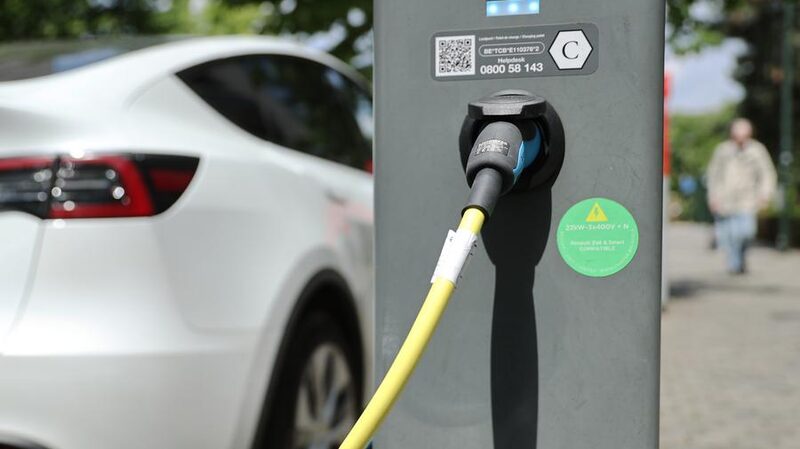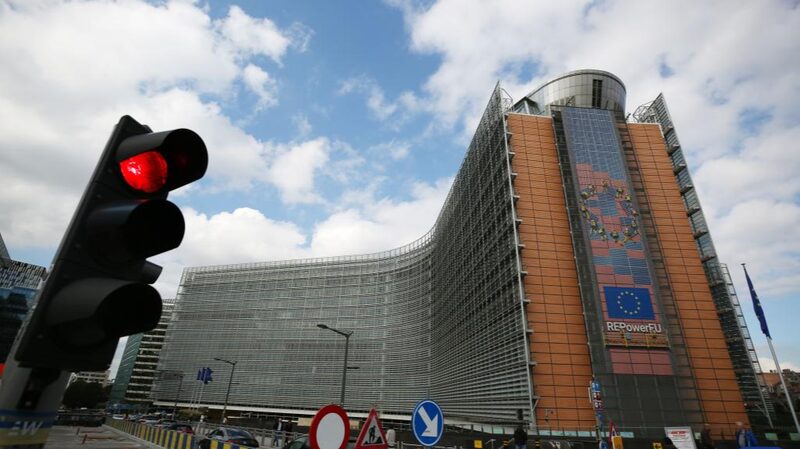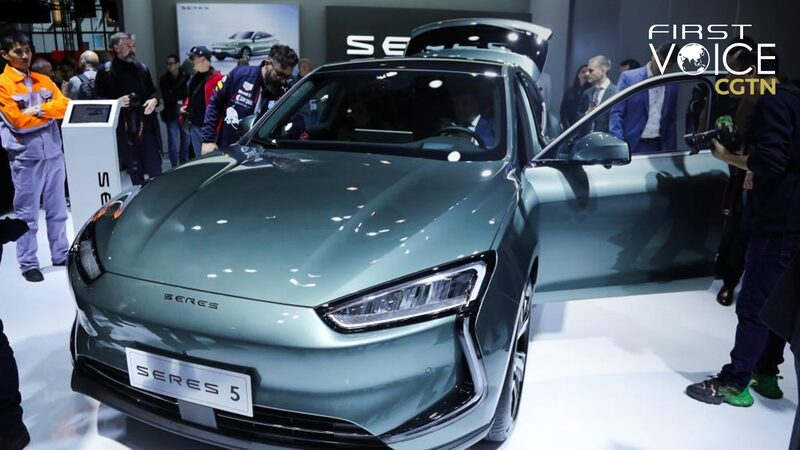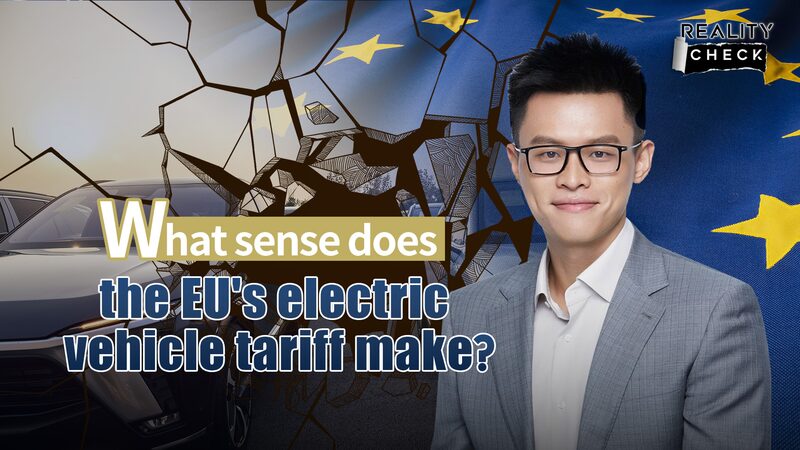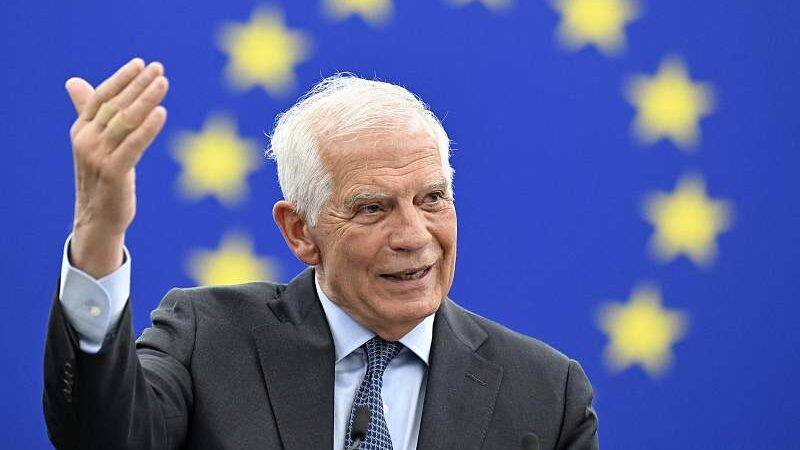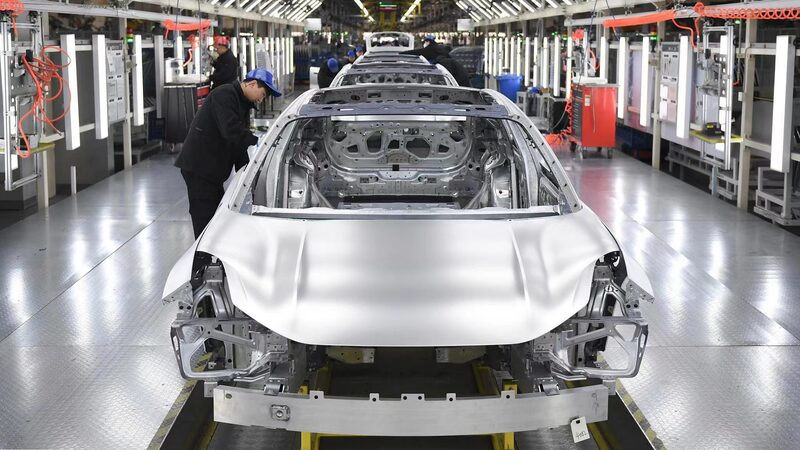The European Commission has recently initiated an anti-subsidy investigation into the import of Chinese electric vehicles (EVs) into the European Union (EU). This move has sparked a debate on whether Chinese EVs are unfairly benefiting from state subsidies or if the investigation is a response to the growing competitiveness of China’s EV industry.
Examining the Subsidy Claims
The EU alleges that Chinese EV manufacturers are receiving substantial state subsidies, allowing them to sell vehicles at artificially low prices and distort the European market. However, the Chinese government ceased subsidies for EV buyers at the end of 2022. In contrast, EU member states continue to offer a range of subsidies for EVs, including tax benefits and purchase incentives. According to a report by Dutch Rabobank, these subsidies range from 3,000 to 9,000 euros ($3,208–$9,624) per vehicle.
The United States has also implemented significant subsidies for its EV industry. The Inflation Reduction Act of 2022 allocated $369 billion to boost the sector, including a $7,500 premium for consumers purchasing electric vehicles. This raises the question: Who is truly receiving “huge state subsidies”?
China’s EV Market: Beyond Price Advantages
The rise of Chinese EVs in Europe is not solely due to pricing. China’s strength lies in its robust manufacturing capacity and rapid innovation. The China Association of Automobile Manufacturers reports that Chinese EVs’ market share in Europe increased from 3% in 2020 to 8% in 2023, with projections reaching 15% by 2025. In the first seven months of 2023 alone, China exported 230,000 EVs to Europe.
Chinese automakers prioritize meeting market demands and adapting to user preferences. The pace of product iteration is considerably faster in China, with EV models updating every 1-2 years compared to every 7 years for traditional fuel cars in Europe. This agility allows Chinese manufacturers to offer a diverse range of high-performance vehicles that appeal to European consumers.
Furthermore, Chinese companies are cautious about engaging in a price war in Europe. They aim to establish a reputation for quality rather than positioning their products as low-priced alternatives. This strategy underscores their commitment to long-term growth and brand recognition in the international market.
Market Dynamics or Protectionism?
The EU’s investigation raises concerns about potential protectionism. While competition from Chinese EVs intensifies, it is essential to recognize that market dynamics, innovation, and consumer preferences drive this shift. Accusations of market distortion may overlook the subsidies provided within the EU and the genuine competitiveness of Chinese manufacturers.
As the global automotive industry evolves, collaboration and fair competition are crucial. Open dialogues and assessments based on facts rather than assumptions will benefit consumers and promote sustainable growth in the EV sector.
Reference(s):
cgtn.com
